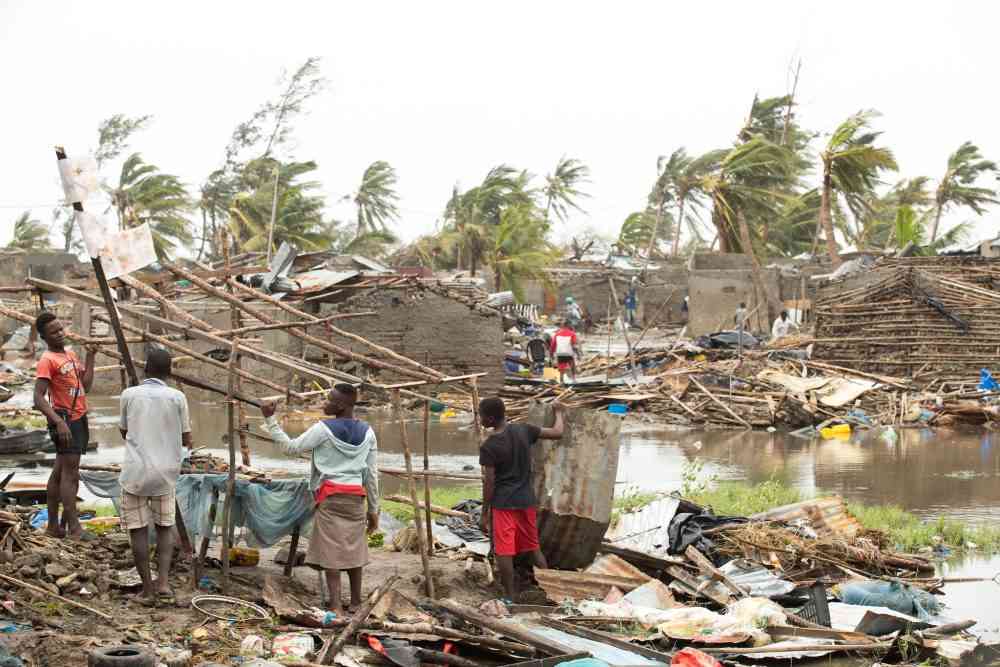
AS a nation, we ought to ask ourselves why we always appear unprepared for the beginning of each rainy reason?
Each year, we record massive destruction of property and even deaths from heavy downpours and floods.
Our lead story on Thursday had a similar tale of a trail of destruction caused by heavy rains that have pounded most parts of the country this week.
The Meteorological Services Department says rains accompanied by thunderstorms and violent winds will continue across the country up to next week.
This is the start of the rainy season and we are not sure of the rain patterns in the coming days.
What we only know is that because of the La Niña phenomenon, Zimbabwe will experience better rains this time around compared to the last rainy season.
In October, we read that the Department of Civil Protection (DCP) had established the Emergency Operation Centre as part of measures to respond to disasters during the 2024-25 rainy season.
It was said the Emergency Operation Centre would co-ordinate with the Sadc Humanitarian and Emergency Operations Centre on disaster management.
- Mavhunga puts DeMbare into Chibuku quarterfinals
- Bulls to charge into Zimbabwe gold stocks
- Ndiraya concerned as goals dry up
- Letters: How solar power is transforming African farms
Keep Reading
“In terms of our planning, as required by the Civil Protection Act, section 9, subsection (2:20) 2, I think we have done justice in applying the multi-sectoral approach in dealing with disaster-related issues,” DCP chief director was quoted as saying.
“I can safely say we are ready in terms of all our sub-national structures, starting at the village level. Remember, the traditional leaders are now also roped in as part of our disaster risk management system. Starting at that level, we are conscientising all the structures about the current rainfall.”
All those plans are futile as long as there is no funding to support them.
Zimbabwe has had a repeated challenge of underfunding programmes, with Treasury always accused of either allocating too little for critical programmes in the country or releasing funds way too late.
In 2019, Zimbabwe was caught flatfooted when disaster struck as Cyclone Idai ravaged Chimanimani district in Manicaland province, which left 341 people dead and many others missing.
The government was accused of failing to adequately prepare or warn people before the cyclone struck.
The disaster enlightened us as a country, hence we are expected to pull up our socks and do better.
DCP should be busy conscientising people who live in flood zones about the dangers of their continued stay there, particularly as we have already started experiencing heavy downpours.
To begin with, the main purpose of disaster risk reduction is to initiate and complete response and recovery interventions speedily and effectively.
Therefore, better approaches to disasters have to be adopted so that disaster risk reduction managers may take action quickly and return to their normal activities.
In this instance, the DCP needs funding to operate at optimum, hence can only fully function when Treasury plays its part.
There has been talk about investing in early warning systems, emergency response training as well as creating robust disaster management plans, but all these are not making any significant movement owing to lack of funding.
We risk the danger of being stuck in talk and no action.
In fact, authorities are increasingly becoming good at talking and not following up with action.










